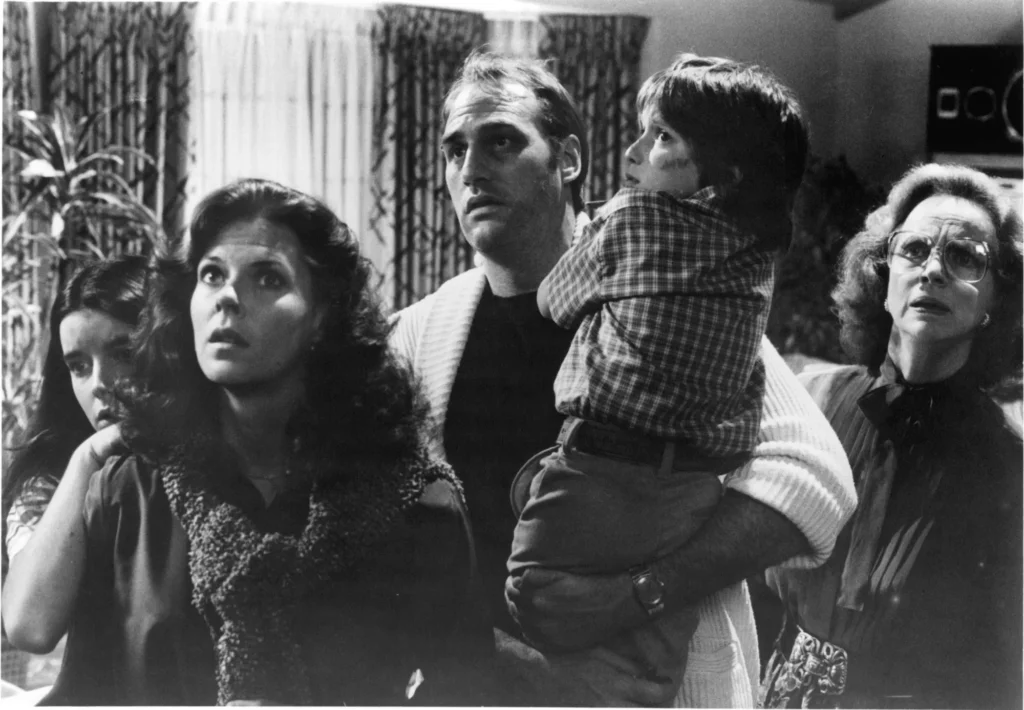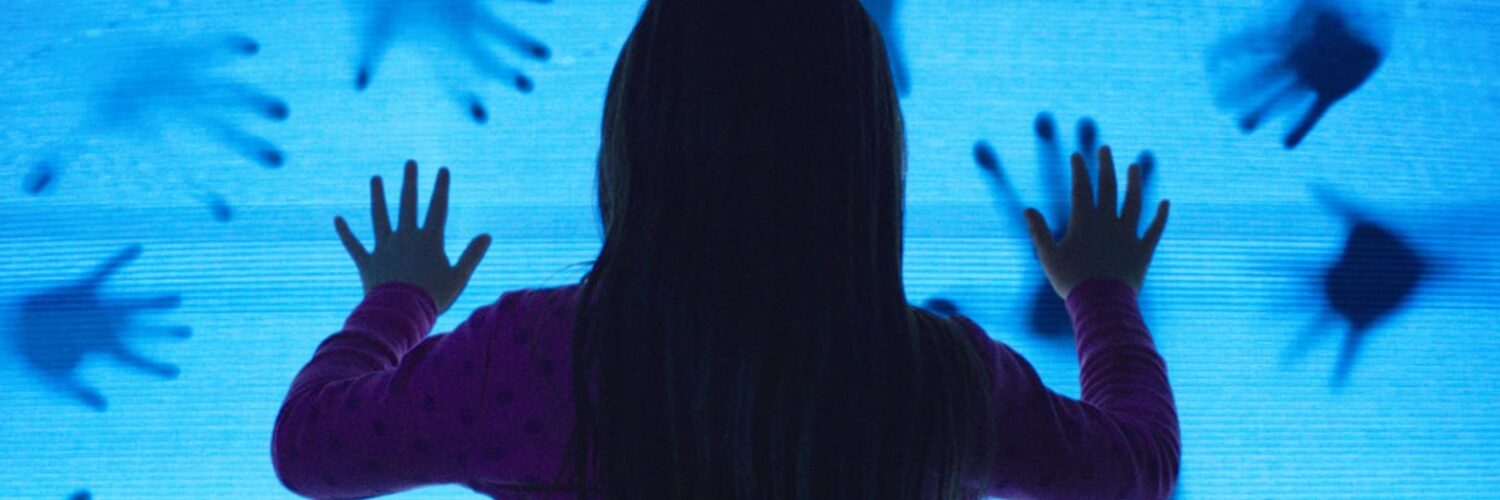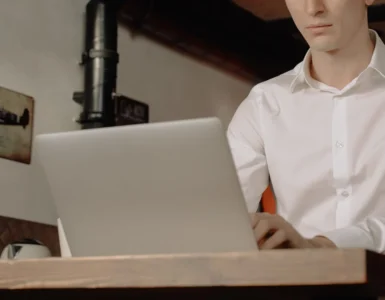Introduction:
The 1982 horror film Poltergeist remains a seminal piece in the genre, renowned for its spine-chilling moments and eerie storyline. However, one peculiar and controversial aspect that has garnered attention over the years is the alleged use of real skeletons in certain scenes.
This mysterious element has sparked debates and curiosity among film enthusiasts and critics alike, raising questions about the ethical considerations and historical context of such a practice. Delving into the depths of this unsettling rumor unveils a story that oscillates between fact and fiction.
Unveiling the Controversy:
The Allegations:
Rumors surrounding the use of genuine human remains in the making of Poltergeist have circulated since its release. Speculation intensified due to the film’s unsettling and realistic portrayal of a haunted house,
leading many to question the authenticity behind some of its macabre scenes. Whispers of skeletons sourced from medical supply companies or cadaver donations floated around, amplifying the film’s mystique and controversy.

The Tymoff Connection:
One prevailing theory revolves around a cost-saving measure by the production team. Allegedly, instead of creating artificial skeletons for the haunting scenes, director Tobe Hooper and producer Steven Spielberg, seeking authenticity, opted to use real skeletons.
The claim points to a company called Tymoff + Moss, Ltd., known for providing genuine human skeletons for medical and educational purposes. It’s suggested that these authentic remains found their way onto the set of Poltergeist.
Separating Fact from Fiction:
Industry Practices and Regulations:
Filmmaking in the early ’80s witnessed a blend of practical effects and innovative techniques. However, the use of real human skeletons in movies was not unprecedented. Historical records reveal instances in older films where genuine bones were employed due to cost constraints and for achieving a realistic touch.
However, the ethical and legal implications of using human remains in cinema were and remain a topic of significant debate. Industry norms and regulations concerning the handling and sourcing of such artifacts have evolved considerably since then, with stricter guidelines in place to ensure ethical filmmaking practices.
Investigation and Confirmations:
In the case of Poltergeist, despite persistent claims, concrete evidence validating the use of real skeletons remained elusive for a substantial period. The lack of definitive proof led to skepticism among both supporters and critics of the theory. Skeptics argued that the rumors were merely a part of the film’s marketing strategy or sensationalized tales.
However, in recent years, insider revelations and investigative efforts have shed new light on the matter. An interview with some of the crew members and a behind-the-scenes glimpse have surfaced, offering credible accounts that support the use of actual human skeletons in certain scenes.
FAQ Section:
1. Were Real Skeletons Truly Used in Poltergeist?
While the rumors persisted for decades without substantial evidence, recent testimonies from crew members and industry insiders have strengthened the claims of real skeletons being used in specific scenes, validating the long-held suspicions.
2. Why Would the Filmmakers Opt for Real Skeletons?
Allegedly, the decision was primarily driven by budget constraints. Using authentic skeletons from a medical supply company was deemed a cost-effective measure compared to crafting artificial ones for the film.
3. What Are the Ethical Implications of Using Real Human Skeletons in Movies?
The practice raises ethical concerns regarding the treatment of human remains and the respect owed to the deceased. It also sparks discussions about the responsibility of filmmakers in ensuring ethical sourcing and handling of props or artifacts used in movies.
4. Have There Been Any Legal Ramifications or Repercussions?
Given the time gap since the movie’s release, legal consequences are unlikely due to statute limitations and the complexities of proving specific details regarding the procurement and usage of the skeletons.
5. How Has This Revelation Affected the Perception of Poltergeist?
The revelation has added an extra layer of intrigue and controversy to the film’s legacy. It has sparked discussions about the lengths filmmakers go to achieve authenticity and has led to re-evaluations of the ethical considerations in the movie industry.
Conclusion:
The mystique surrounding Poltergeist‘s use of real skeletons continues to captivate audiences and ignite discussions about the ethical boundaries in filmmaking. While the revelation of human remains being employed for authenticity might unsettle some, it offers a compelling insight into the behind-the-scenes decisions that shaped one of the most iconic horror films of the 20th century.
As the film industry evolves, the Poltergeist controversy serves as a reminder of the ethical responsibilities filmmakers bear in their quest to create captivating cinema while respecting the dignity of all involved, even in the realms of the supernatural and the macabre.
This article aims to delve into the controversies and revelations surrounding the use of real skeletons in the making of the 1982 movie Poltergeist. The FAQ section addresses common queries and concerns, providing a comprehensive understanding of this intriguing aspect of film history.





Add comment